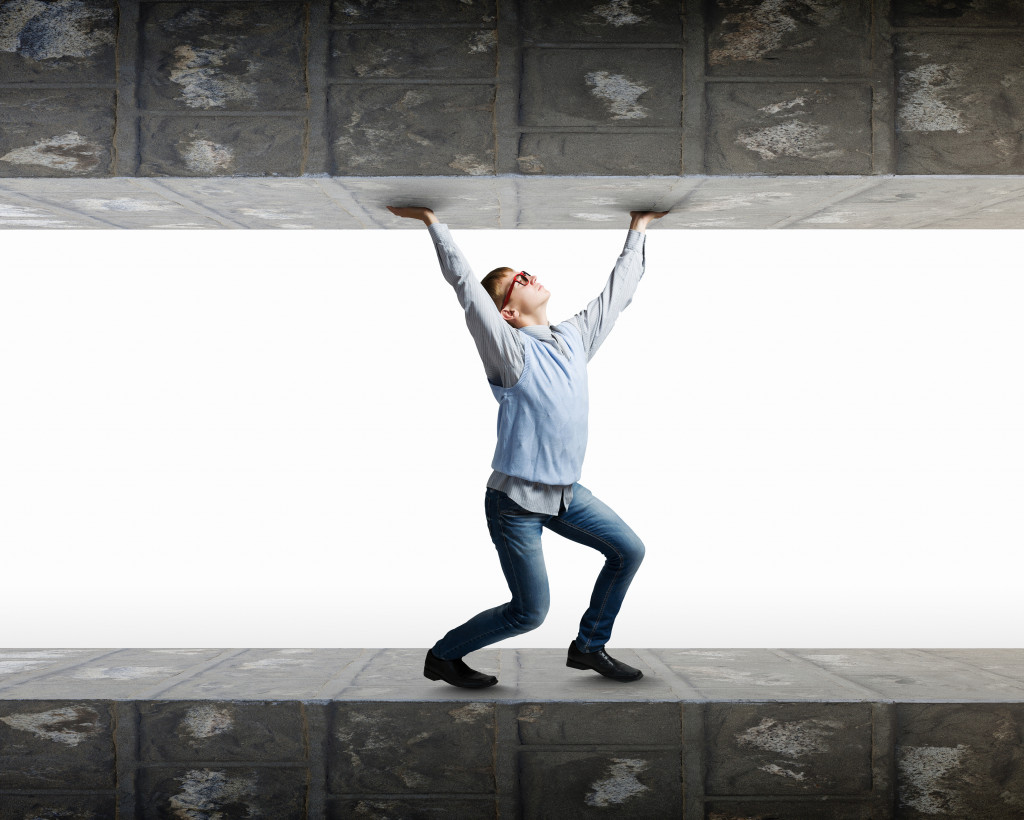• Claustrophobia is an anxiety disorder characterized by fear of enclosed or confined spaces.
• Symptoms can vary, including difficulty breathing, trembling, nausea, increased heart rate, and panic attacks.
• Physical, psychological, and neurological factors can play a role in the development of this disorder.
• Claustrophobia can affect medical scanning, job performance, social interactions, and travel.
• Treatment options include cognitive-behavioral therapy, exposure therapy, relaxation techniques, medication, and self-help strategies.
Claustrophobia is an anxiety disorder characterized by fear and panic in enclosed or confined spaces. People who suffer from claustrophobia experience extreme discomfort, irrational fears, and sometimes even panic attacks when in these situations. It can be a debilitating condition that affects both children and adults alike. Here’s a closer look at what claustrophobia entails.
What Are the Symptoms of Claustrophobia?
The most common symptom of claustrophobia is the fear of being “trapped” in a confined space or situation. This can manifest itself as mild anxiety or even full-blown panic attacks. Symptoms can vary depending on the condition’s severity but may include difficulty breathing, dizziness, trembling, sweating, nausea, and increased heart rate. Sufferers may also feel like they’re unable to make rational decisions while they’re in these situations.
Reasons Behind Claustrophobia
There are various reasons behind claustrophobia. Here are some of those reasons:
Physical Factors
It has been suggested that claustrophobia may be related to physical conditions such as poor vision or hearing loss. For example, people with poor vision may be more anxious when in enclosed spaces because they cannot see their surroundings. Similarly, people with hearing loss may be more likely to experience fear due to an inability to orient themselves within a space by sound.

Psychological Factors
Claustrophobia may also have psychological roots. For example, people who have experienced traumatic events, such as being locked in a closet or trapped underground during an earthquake, may fear closed-in spaces due to their experience. Additionally, those who grew up with controlling or oppressive parents may develop claustrophobia due to feelings of confinement and lack of control over their environment.
Neurological Factors
Finally, neurological factors play a role in determining whether someone will have claustrophobia. Studies suggest that there may be an imbalance between certain neurotransmitters in people with claustrophobia which can lead to increased anxiety in confined spaces. Furthermore, research has shown that people with claustrophobia tend to have higher levels of activity in the amygdala—the region of the brain responsible for processing emotions—when exposed to closed-in environments than those without the disorder.
How Can Claustrophobia Affect Your Life?
Claustrophobia can affect your life in various ways. Here are those ways:
Medical Scanning Problems
Most medical scanners are built in closed, confined spaces. Patients who have claustrophobia may not undergo medical scans and other tests. One known problem is MRI scans.
Most MRI scanners require patients to remain confined for 25 minutes or more. This can be incredibly difficult for people suffering from claustrophobia and may even lead to panic attacks. That’s why reliable upright MRI scanners are used for people with such a phobia. It’s a more comfortable option as the patient can sit upright while undergoing the scan.

Impact on Job Performance
Claustrophobia can also affect job performance depending on the type of profession you have. For example, if you work in tight spaces, such as plumbing or construction, your fear may prevent you from performing specific tasks and duties. Additionally, if you rely on public transportation or elevators to get to work, your fear of enclosed spaces may limit your job opportunities.
Social Interactions
Claustrophobia can also affect social interactions. People with the condition may avoid situations, such as taking an elevator or flying on an airplane, that they find too uncomfortable. This can limit their ability to socialize, explore new places, and have new experiences.
Travel Anxiety
Due to the enclosed spaces, people with claustrophobia may experience difficulty traveling on airplanes, buses, or trains. This can make it difficult for those with this disorder to travel long distances or visit new places.
Treatment Options
Those who suffer from claustrophobia can seek treatment options to help them cope with their symptoms and manage their condition. Treatment methods may include cognitive-behavioral therapy, exposure therapy, relaxation techniques, and medication. In addition, self-help strategies such as deep breathing, meditation, mindfulness, and distraction techniques may be beneficial.
It’s important to note that while there is no cure for claustrophobia, it can be effectively managed with proper treatment and support. If you or someone you know suffers from this disorder, seek professional help and resources to help manage the condition. People with claustrophobia can learn to cope and lead a normal, healthy life with the proper support and tools.
